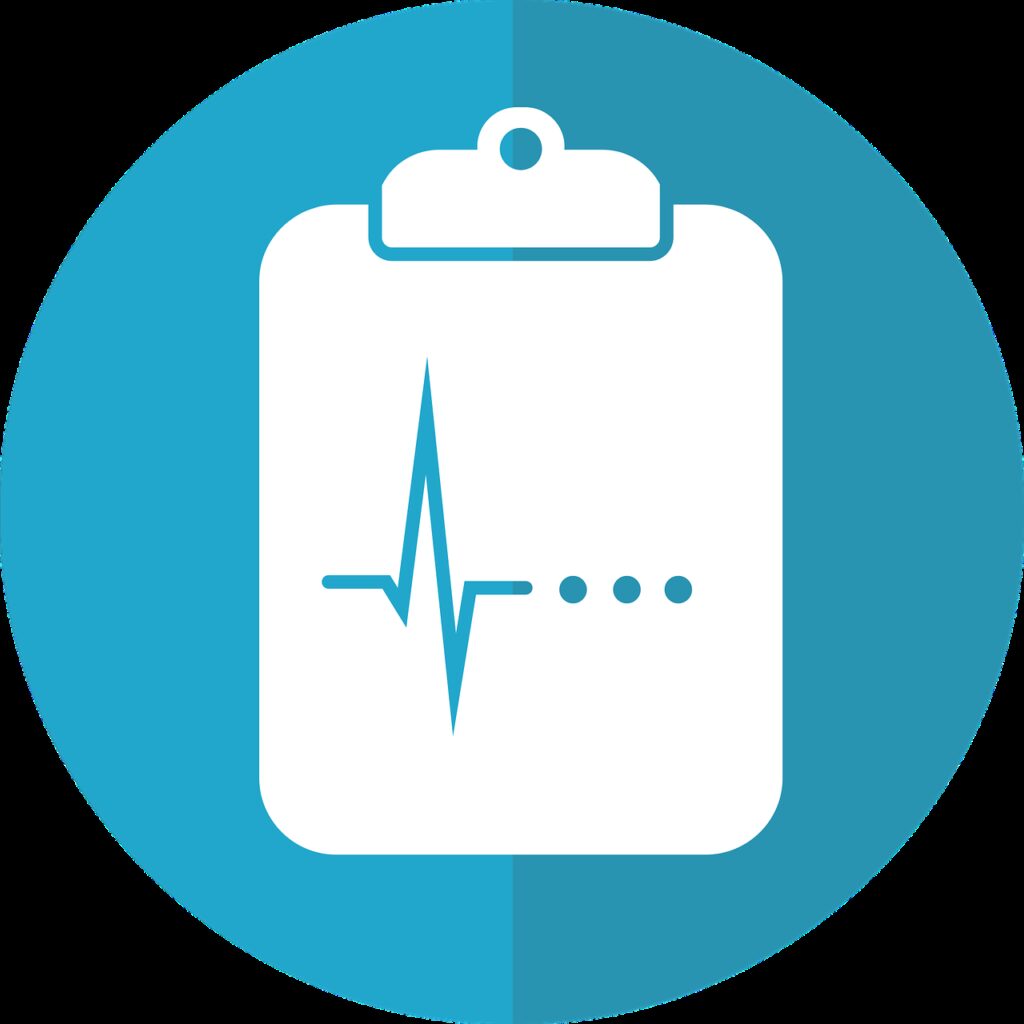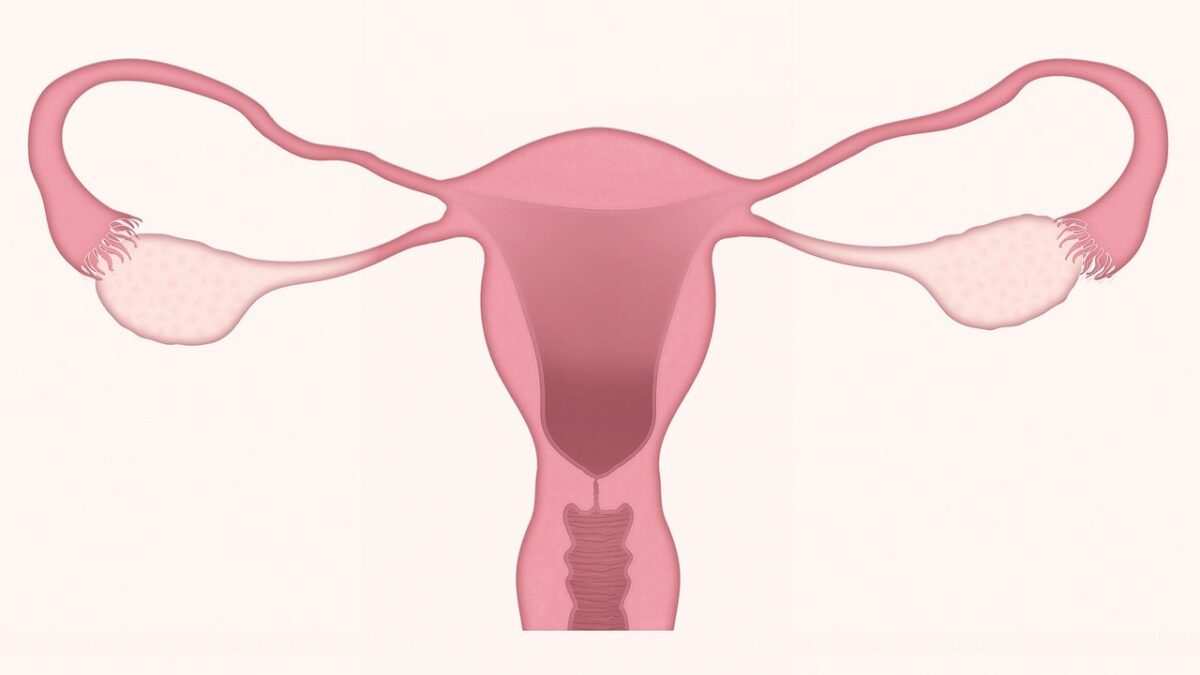January is cervical health month. Yes, it is relevant after 50 also. What is the cervix? Why is this important? What is the purpose of our cervix? I will share several important facts in the blog about your cervix.
The female anatomy is made up of several organs. The cervix is the lower part of the uterus. When a female reaches monarchy (begins to have her menstrual), her cervix work begins. Each month when the menstrual cycle starts the shedding process of the uterus. The cervix opens up to allow the lining to leave the uterus. This process takes between 3-7 days for most females. Once this process is complete the cervix will close. This process continues throughout child bearing years (or until the uterus and cervix are removed).
So why is the cervix so important? The shedding of the uterus monthly provides a healthy place for an embryo to implant. The longer the baby is in the uterus the healthier (usually) the baby. A healthy cervix will usually preform these jobs well.
Cervical health begins when a female is in her early teens. The vaccine Gardasil, can help with decreasing the chance of cervical cancer. Gardasil protects from a sexually transmitted virus called HPV. This virus does not cause any symptoms normally, but can cause cervical and other cancers. If you are interested in Gardasil you can go here to find more information. PDF from Merck on Gardasil.

It is recommended that pap smears are preformed to get cells from the cervix on a regular schedule. If abnormal cells are found then treatment can be started. Not all abnormal cells are cancer, so going to see a specialist is recommended so that further testing can be performed if needed.

Pap recommendations: According to the American Cancer society guidelines pap testing should start at age 25, having a pap every 3-5 years until age 65.
U.S. Preventive services task force recommendations are here https://uspreventiveservicestaskforce.org/uspstf/recommendation/cervical-cancer-screening
CDC guidelines https://cdc.gov/cancer/cervical/basic_info/screening.htm
The cervix is vital part of our uterus. Is opens during the menstrual cycle to allow lining to shed from the uterus. It stays closed to keep the fetus in the uterus when there is a pregnancy. It opens up to allow for a baby to be born.
When an embryo is implanted in the uterus, the cervix will stay closed, to allow the contents of the pregnancy to remain in the uterus throughout pregnancy (around 40 weeks). As the pregnancy progresses, the cervix will begin to open slightly. Around 40 week it will open to 10cm, allowing for the fetus and contents of the pregnancy to be able to leave the uterus. Normally around 40 weeks a healthy baby is born.
Cervical health is important and I would suggest that you follow the guidelines for screenings. While most of the cervix’s work is finished after menopause, screenings are still important. Please make sure to follow your primary care providers or GYN providers recommendations. This is not medical advice. This is information for you to help you with asking your medical provider for recommendations.

